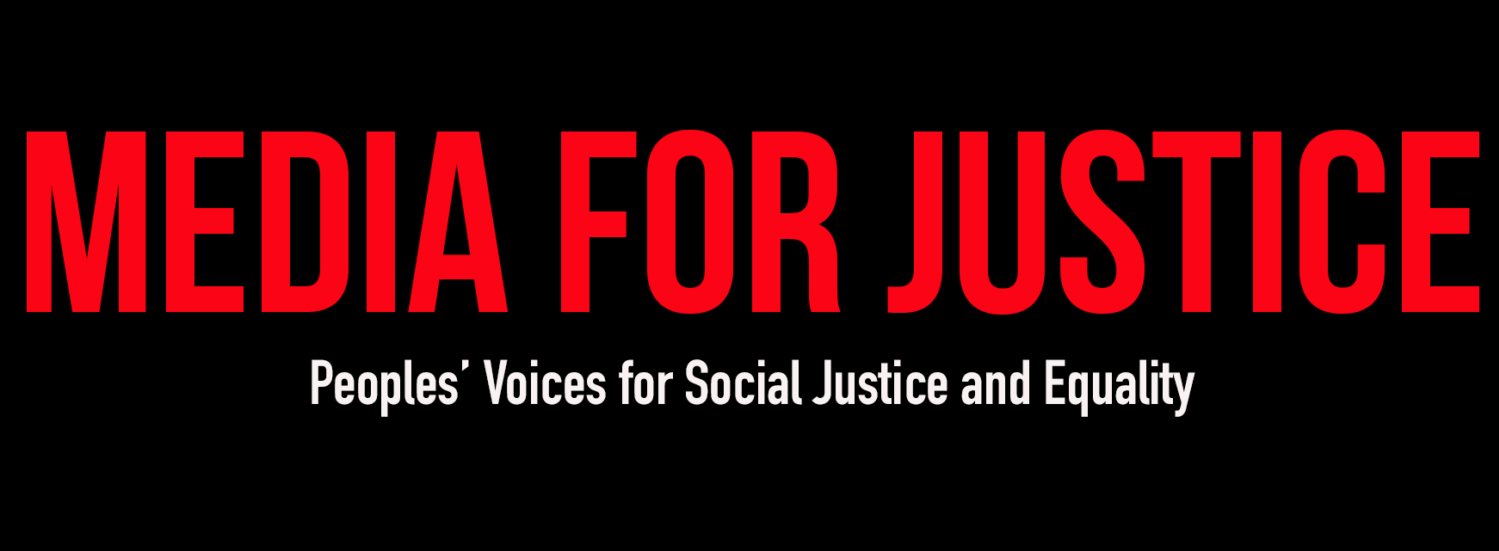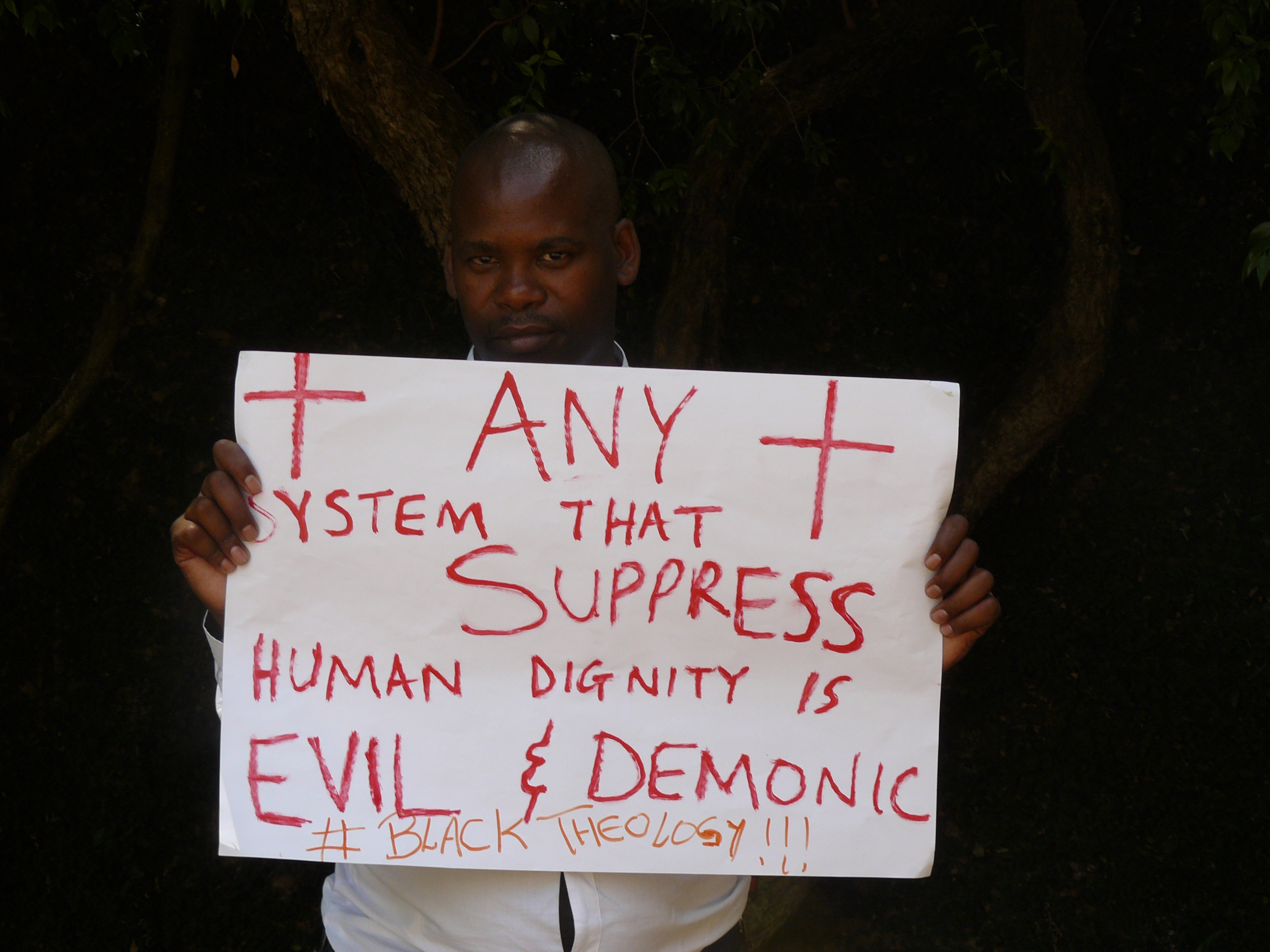Article By: Sfiso Benard Nxumalo
Photo: Sisanda Mpiti
The term ‘previously disadvantaged’ is often thrown around without discrimination in ‘post’-Apartheid South Africa to describe black South Africans (hereinafter referred to as ‘blacks’) in the new constitutional dispensation. This is highly problematic in that it presupposes that the dismal state of affairs in black communities are in the past and that we are now magically living in a non-racial society, which in turn, ignores the deeply rooted racism that exists in our society. The aim of this brief paper is to expose and criticise the previously in previously disadvantaged from a jurisprudential perspective.
Perhaps it would be fruitful to provide context behind the notion of the previously disadvantaged. This phrase became notorious after the advent of the Constitution of the Republic of South Africa, 1996 and the introduction of the Bill of Rights. The idea behind it is that with the abrogation of apartheid (formal laws which openly discriminated against blacks), racism and white supremacy were also eradicated. It seems to suggest that blacks are now magically equal to white people (hereinafter referred to as ‘whites’) as purported by the equality clause (section 9 of the Constitution). This phrase is flawed and ignores the material conditions that exist in ‘post’-apartheid South Africa.
First and foremost, the 1990 – 1994 negotiations between the government of the time and black liberation movements were actually negotiations to reconfigure and reconstruct white supremacy and to dilute the suffering of blacks. Ramose (p5) in An African perspective on justice and race asserts that during these negotiations, the parties involved had to make a choice between two contending paradigms, i.e. democratisation and decolonisation. The former refers to the inclusion of blacks into an already unjust system by giving them abstract rights and recognising them as citizens.
The significance of this paradigm is that it allows the colonizer to retain power and use extinctive prescription as means of holding on to wealth, resources and land in the colonised land. Conversely, the latter, in essence, has to do with getting rid of white-owned South Africa. It concerns itself with removing white supremacy and white monopoly over South Africa through the redistribution of land, prioritizing the needs of the colonised and eradicating colonial power.
The concerned negotiating parties chose democratisation over decolonisation, which in effect meant recognising blacks in the new constitutional dispensation and allotting abstract human rights to them but maintaining the material conditions and unjust system. To provide context, section 25 of the Constitution, commonly referred to as the property clause, states no one may be deprived of property subject to various other sub-clauses. This is significant in that it safeguards the unjust system that was created by the apartheid government in which whites owned over 80% of land and over 90% of capital and it ensures that the government cannot redistribute wealth and land accordingly (Jones and Stokke, 2005: 135). So it is unquestionably clear that the Bill of Rights (the Bill of Whites) maintains the status quo.
Secondly, and as a result of the negotiations, the mere existence of townships in ‘post’-apartheid South Africa provides a critique to the notion of the previously disadvantaged. Townships were created as places to store disposable black labour hence their location being outside the parameters of towns, cities, mines and industrial areas. Black people were expected to travel all the way from these townships to work in cities and industrial areas, and then go back home, away from the white population. Historically, townships are characterised by a lack of service delivery, overpopulation, and lack of resources such as water or electricity.
A quick scan over South Africa’s demographic set-up today reveals, unsurprisingly, that nothing has pretty much changed. For instance, right next to Africa’s richest Square Kilometre, Sandton, you will find Alexandra. Alexandra is a township, which has over the years been described as a township with relatively high crime and unemployment statistics. Yet Sandton, on the other hand, is praised for being a world-class city and an economic hub where most large corporations and businesses are based. How can one be described as previously disadvantage whilst living under the same material conditions that were present in the former apartheid-governed South Africa when these people still go to cities in order to do work for white-owned corporations?
Furthermore, these very same townships are hubs for violence. Frankly put, townships are the theaters of the destruction of black bodies. It is the place where black-on-black violence occurs. The systematic creation and strategic placement of beer halls and taverns in townships created a hostile situation whereby many black people were frustrated by their political and economic oppression. Pre-1994, we witnessed this so-called black-on-black violence when the members of the ANC and members of the IFP engaged in a bloody conflict which was fuelled by the apartheid regime.
Today, we see the violence between black South Africans and black foreign nationals on the increase. Although no justification can possibly be provided for the brutality we have shown our fellow Africans, I would like to venture into factors that are of paramount importance when it comes to this sensitive issue. For starters, it is not coincidental that these so-called xenophobic attacks find expression in townships as this is due to the historical violent nature of townships where people are so frustrated by the material conditions that they see their neighbour as the cause of their poverty.
For example, many of the attackers justified their actions by saying that the foreign nationals are stealing their jobs and wives and also blame them for the ever-increasing crime rate. All of these reasons, whether valid or otherwise, is immaterial at this point; the main crux is to hammer in that the material conditions still remain the same and blacks are still frustrated by these material conditions.
Thirdly and briefly, African customary law is subject to the Constitution and common law. What this means is that the African way of living and the experiences of blacks are measured according to white normativity and render the perspective of whites as the general standard of legal analysis. This emphasises that the law is still ideated by whites and consequently favour whites. In Afriforum v Malema 2011 (6) SA 240 (EqC), the court held that the struggle song, dubula ibhunu, amounted to hate speech towards the white community and barred it from being sung.
It is evident that when something challenges white normativity, it becomes criminal or illegal. Also, the 1996 Constitution is deemed to be the supreme law of the country, whereas the other previous constitutions were merely legislation, and as such it safeguards the status quo and ensures that African laws and ways are still subject to the ‘white-thing-to-do’ perspective.
Another critique to the previously disadvantaged is the substandard education that black people still receive. In many government-owned schools, the standard of education is quite below standard in that the buildings are not well-maintained; there is a lack of resources and facilities such as libraries and laboratories and as seen in recent years, a lack of textbooks and learning material. One can infer from this that a considerable amount of blacks still receive education, which in terms of quality differs from predominantly white schools. The current distasteful conditions of predominantly black schools are a consequence of the historical disregard of blacks and the belief that blacks are not intellectual enough to handle academic rigor. Majority of blacks are still under educated? in the new South Africa.
In conclusion, the critiques that one may provide are as many as the years in which blacks have been dominated and oppressed by whites. The point of this paper is to highlight that blacks are still disadvantaged and handicapped. To think that blacks are equal to whites due to the Constitution is a fallacy – it ignores the material conditions of blacks and the historical injustices that exist in modern day South Africa where blacks, although recognised as citizens, are treated as second-class citizens.
Sfiso Benard Nxumalo is currently a second year LLB student at Wits University.

